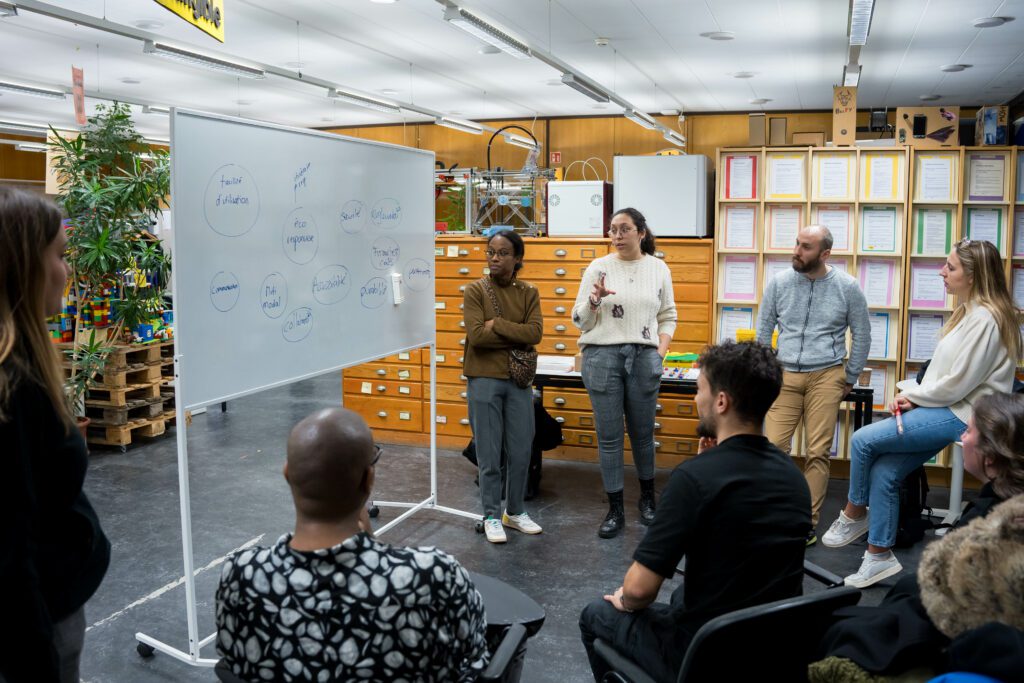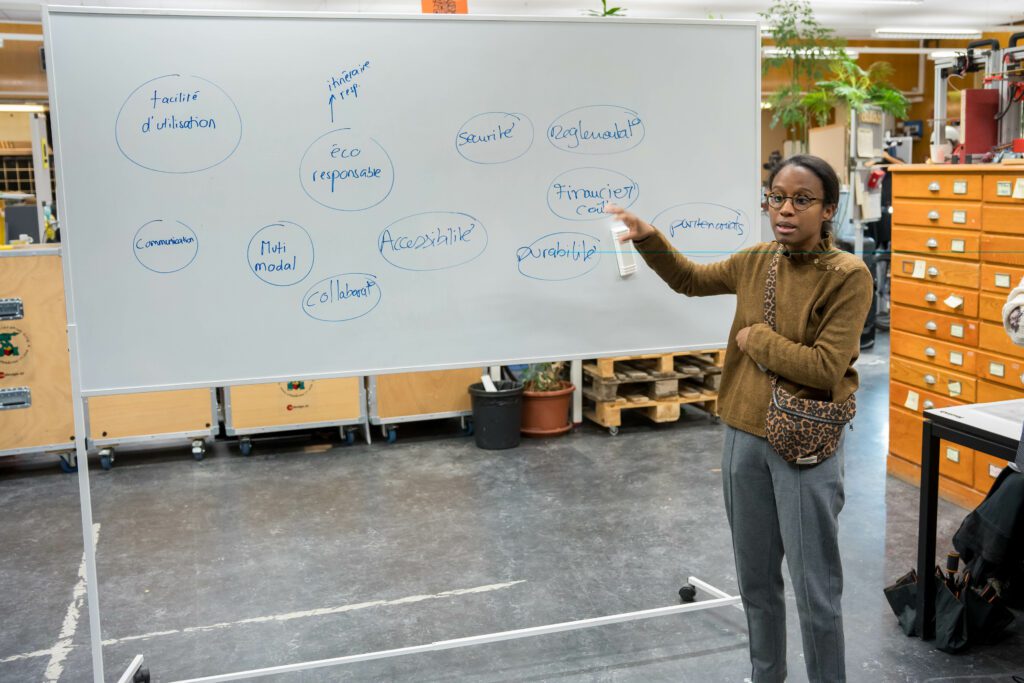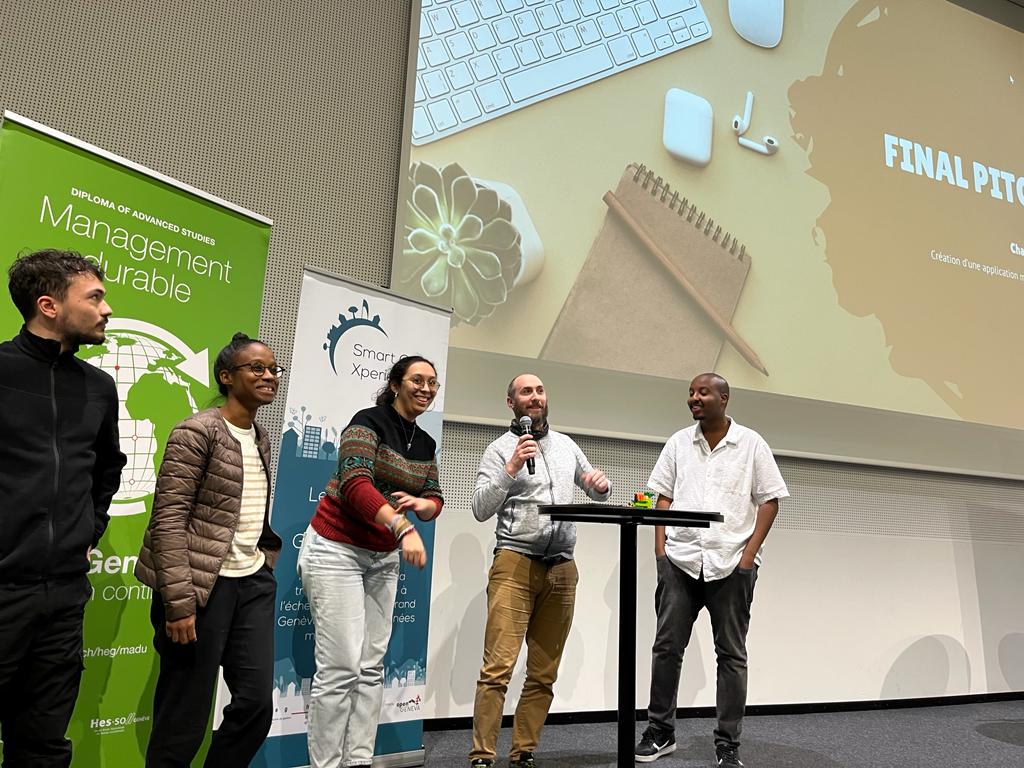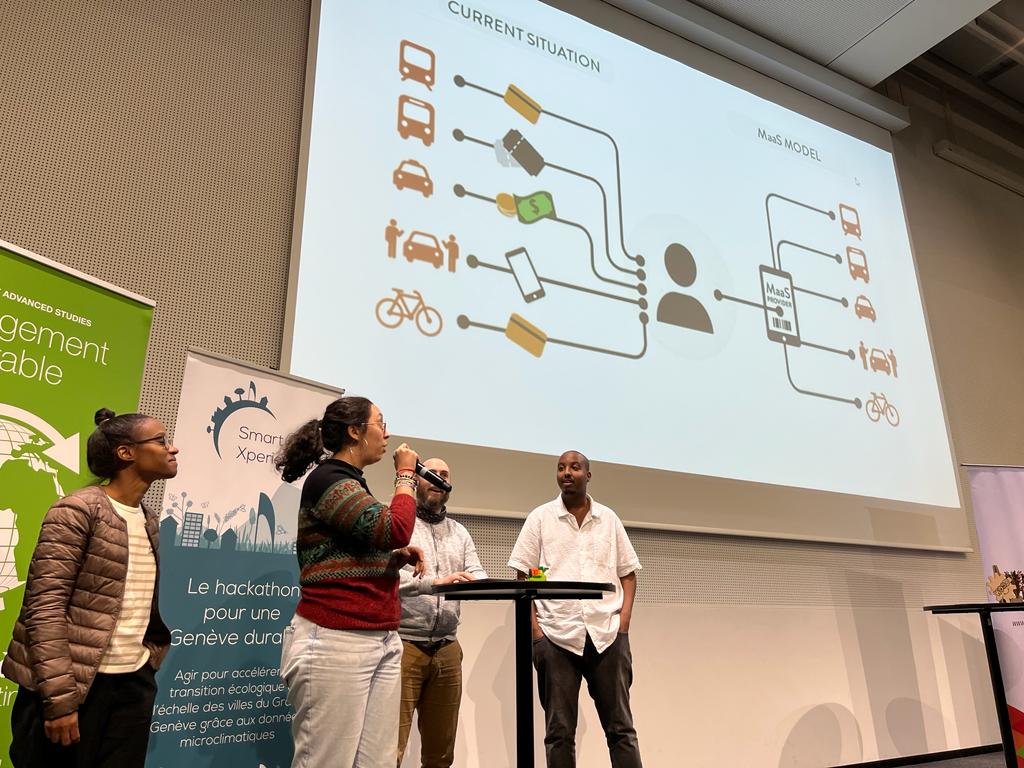Here’s the challenge: how do we make on-demand mobility a genuine alternative within the overall transport offering?
At the 24-hour Smart City Xperience hackathon, 90 participants tasked themselves to devise solutions and projects for building a sustainable city. For ULTIMO, the process was enlightening. Events like these are key to understanding user needs around automated mobility services and MaaS, as well as identifying the threats and opportunities that people see with on-demand transport.
Organised by Open Geneva, the event mobilised a wide range of stakeholders and attracted a diverse crowd:
- 70% students
- 20% professionals from private sector
- 6% professionals from NGOs
- 4% professors and researchers in academic sector
In addition, the hackathon hosted a large majority of women, making up close to 70% of attendees. Those at the event were tasked with tackling how to make on-demand transport more viable. At the moment, this type of mobility service is not yet well known to the general public, although it is becoming an increasingly important part of urban mobility strategies. Attendees named the most important keywords when it comes to using on-demand mobility services:
Ease of use
Communication
Multimodal
Reliable
Accessible
Partnerships
Finance/expenses
Sustainable
Data management
“I was impressed by the questions from users about the real added value of mutualising all modes of transport into a single interface. There is a huge challenge in data reliability, as well as in communication issues. Even if everything is available, if we let users down, they will fall back to their old habits (the private car).”
Atziri Sanchez, Padam Mobility
Attendees had much to say on the requirements for a MaaS platform:
- Accessibility. Filters and functionalities for those who need extra assistance.
- Business model. Take into account users who do not use all modes.
- Collaboration. How to work in tandem with different operators?
- Functionality. Should be basic. Sometimes less is better!
- Funding. Who will fund/subsidise the service?
- Languages. Multiple should be available.
- Privacy. Data security is crucial.
All in all, while the hackathon focused on quite a technical subject, there was much to learn for the ULTIMO project. For one, it helped obtain a vision of users’ priorities and see clearly the push and pull factors that might make someone use a MaaS app. That includes the fears, doubts, and barriers to daily engagement, in addition to the most crucial elements that any MaaS app must have.
“Participants provided intriguing insights into their awareness of the DRT (Demand-Responsive Transit) service… some expressed surprise upon discovering the service’s longstanding existence, realising they had not yet utilised it. The input received regarding noteworthy features serves as valuable insight for the future development of the automated DRT vision.”
Quentin Matthewson, TPG
The Smart City Xperience hackathon is just one in an upcoming series. Indeed, there will be one organised in every ULTIMO deployment site. On the 10th and 11th January 2024, Norway’s capital of Oslo will host another hackathon that no doubt promises to deliver more insights and surprises, all with a view to help ULTIMO pave the way for how on-demand mobility services can get widely adopted across Europe.




